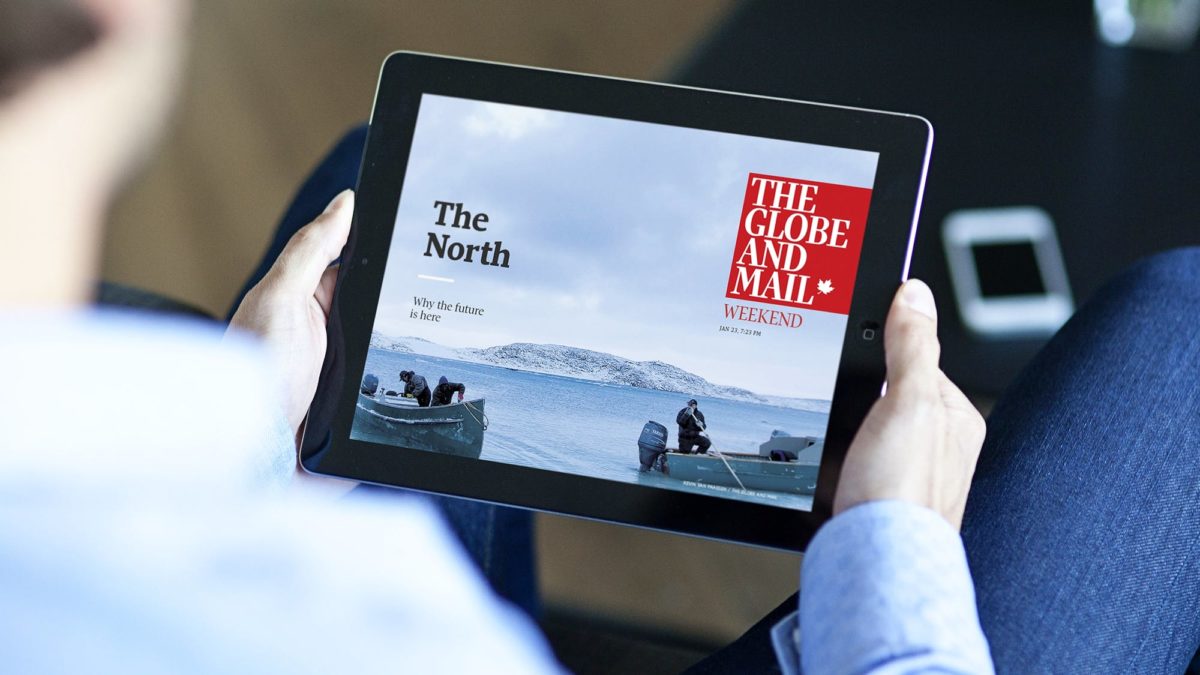Government website redesign – New York State – 2014

The challenge
New York State’s previous site was a mess, it had not been redesigned in 15 years. Users had to navigate “50 clicks deep” to find basic services, the mobile experience was “virtually impossible,” and critical information was scattered across 150+ disconnected agency websites serving close to 20 million residents.

My role
As lead designer on this project, I worked with Chief Digital Officer Rachel Haot and Governor Cuomo’s digital team to reimagine how government serves citizens online.I led the Code and Theory team on the relaunch of NY.Gov.
My design approach
I led a search query analysis of the existing site to identify what people actually searched for when visiting NY.gov. By grouping keywords based on affinity, I defined 24 core reasons why users visited the site, covering more than 70% of all traffic. This data-driven approach made prioritization decisions clear and defensible across the diverse needs of an entire state.
My definition phase included:
- User research with diverse New York residents from NYC to upstate communities
- Stakeholder interviews across multiple state agencies
- Early usability testing with visual design comps to validate assumptions
- Data analysis to understand real user behavior patterns

Information architecture
I restructured the site’s information architecture, consolidating 16 complex bureaucratic categories into three intuitive sections matching citizen intent:
- Services – “What can I do?” (Task-oriented government services)
- News – “What’s happening?” (Emergency alerts, announcements, events)
- Government – “How does it work?” (Transparency and civic information)
Other contributions to the IA
- Universal navigation with contextual agency-specific elements
- Mobile-first responsive design with full ADA compliance
- Content guidelines enabling agencies to maintain consistency
- “One-stop” service cards that could deep-link to any agency site
Results & impact
Users nearly tripled (2.3M to 6.0M annually) and page views quadrupled (3.98M to 17.2M annually). Mobile visits surged 277% in the first month.
The design’s effectiveness was validated during the January 2015 snowstorm when NY.gov became the primary information source for millions seeking emergency information.
The project received 2015 Webby Awards Honoree recognition and was featured in Government Technology Magazine, Web Designer Depot interview, and Fast Company as a digital transformation success story.

Long-Term Impact
The foundational design elements I created in 2014 continue to guide NY.gov more than 10 years later. The three-section navigation structure, mobile-first responsive approach, universal design system remain core to the site’s architecture. These principles enabled subsequent innovations including the New York State Digital Service program, mobile applications ecosystem, and agencies websites and initiatives.
The Wall Street Journal, New York Unveils Redesigned Website
Fast Company, Inside NY.gov’s first redesign in 15 years
Design Week, NY State launches service-led NY.Gov website
Medium, @RachelHaot: Lessons learned in public digital design
TIMELINE
CREDITS
DISCIPLINES
VIEW ONLINE
2014 – 2015
In collaboration with Mathieu Mingasson (Creative Strategy), Katherine Robinson (UX), Phil Gordon (Research), Sam Brewster (Production),
User Experience Design, Strategy, Interface Design and Creative Direction









You must be logged in to post a comment.